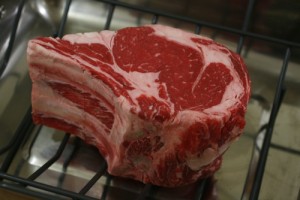Brandon Childs and Cordelia Roass write for 2 Minute Medicine that a total of 8 multi-state Salmonella infections were identified during the 29-month study period, which included 473 individually confirmed cases.
 The majority of cases were seen in children younger than 5 years old, and 68% of patients reported a recent exposure to a small turtle.
The majority of cases were seen in children younger than 5 years old, and 68% of patients reported a recent exposure to a small turtle.
In the past, exposure to reptiles and amphibians led to thousands of Salmonella infections, particularly in young children. Due to these infections and the potential for developing invasive disease, a federal ban was created in 1975 on the sale and distribution of small turtles less than 4 inches. However, recent multistate outbreaks prompted the current investigative study. Authors of this study sought to understand the epidemiology of turtle-associated salmonellosis and turtle care by case-patients, and to determine where these outbreaks originated. A total of 8 individual, multistate outbreaks were identified. The majority of cases were accounted for by young children, who reported recent exposure to small turtles. A minimal amount of participants were previously aware of the Salmonella reptile association. Investigative efforts traced many cases to 2 turtle farms in Louisiana. After distribution from these farms was halted, the number of new cases of Salmonella infections decreased drastically. Data may be limited as several cases were linked to untraceable sources. Nonetheless, this study should encourage pediatricians to warn their patients and parents about the potential dangers of animal exposure, particularly to small turtles.
In order to identify outbreaks of Salmonella, researchers used data between May 2011 and September 2013 from local and state reference laboratories as well as from the Centers for Disease Control and Prevention. Outbreaks were described as epidemiological and environmental sampling links between ≥2 case-patients including multiple serotypes. Cases were defined as an infection with ≥1 of the outbreak strains. Case-patients were interviewed and completed a questionnaire detailing contact with turtles and their knowledge of the association between reptiles and Salmonella. Swab and water samples were collected by state and local health agencies from patient homes and retail establishments where cases were reported. Researchers identified 8 separate, multi-state Salmonella outbreaks for a total of 473 individual cases. Affected patients <5 years old accounted for 55% of all cases and Hispanic ethnicity was reported in 45% of cases. Turtle exposure was identified in 68% of interviewed patients, and 88% of these were due to contact with small turtles. The association between reptiles and Salmonella was previously known in only 15% of case-patients. Salmonellae were confirmed to be present in 5 retail stores in Florida, which were subsequently traced back to 2 separate Louisiana turtle farms.








